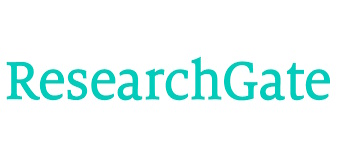Designing a Social Media-Based Marketing Model in R&D Policies Using the Strategic CATWOE Approach in the Country’s Home Appliance Industry
Keywords:
Marketing variables, social networks, research and development policiesAbstract
The objective of the present study is to design a social media-based marketing model within research and development (R&D) policies using the strategic CATWOE approach in the home appliance industry of the country. Given the identification of components and indicators, the statistical population in the qualitative phase includes experts, professionals, and university faculty members specializing in social media-based marketing. The statistical population consists of experts in the field of social media marketing, selected using the snowball sampling method and theoretical saturation. In such studies, the number of experts typically ranges between 10 to 20 individuals. In the quantitative phase, the statistical population comprised home appliance marketers across the country, and due to the population's infinite size, the sample size was determined to be 384 individuals. Participants were selected using simple random sampling. To measure the variables, a standardized questionnaire was employed. The validity of the questionnaire was assessed through confirmatory factor analysis, and its reliability was evaluated using Cronbach’s alpha coefficient. The research model was tested using structural equation modeling with the help of PLS software. As a result of the qualitative testing of the first research question and conducting three rounds of the Delphi method, 10 components and 36 sub-components of the social media-based marketing model were confirmed. According to the results of the second question, all 10 identified dimensions had a statistically significant impact on research and development, and the standard impact values of each dimension were reported. The third question revealed the following ranking: knowledge capital ranked first, technological factors second, business infrastructure factors third, business transformation factors fourth, business strategy factors fifth, infrastructural factors sixth, business investment factors seventh, supportive policy factors eighth, global business attitude factors ninth, and business constraint factors tenth.
Downloads
Downloads
Published
Submitted
Revised
Accepted
Issue
Section
License
Copyright (c) 1404 محمد حسن نجفی (نویسنده); حسن مهرمنش; محمد رضا کاباران زاد قدیم (نویسنده)

This work is licensed under a Creative Commons Attribution-NonCommercial 4.0 International License.









